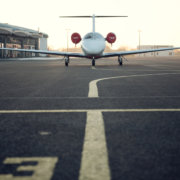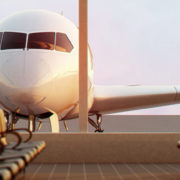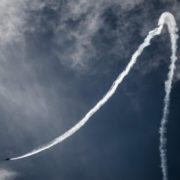Airlines: Ecology Sustainable Change. Business/ Aviation (4 Registered Users)
✒️Z pewnością dla wszystkich planujących prawniczy egzamin TOLES, biznesowy CEQB, a także FCE/ CAE/ TOEFL/ IELTS.
NAGRANIE WYMOWY WYBRANYCH WYRAŻEŃ:
Wyrażanie ambicji, celów:
- aim to … – stawiać sobie za cel, ambicję
- set ambitious goals – stawiać ambitne cele
- pursue goals and ambitions – realizować/ zmierzać do realizacji celów i ambicji
- focus on … – skupiać się na / podkreślać znaczenie (synonim: highlight)
- place … at the industry forefront – uznać …. za najważniejszy cel branży
- commit onesef to … – zobowiązać się do …
Przykłady zdań
- Some airlines aim to be a net-zero emissions carrier by 2050, setting a series of environmental goals.
- January 2022 calls the most ambitious carbon emissions goals of any airline group. These environmental goals refer to Qantas, QantasLink, Jetstar, and Qantas Freight.
- There are already programs that are focused on cutting emissions. Environmental issues need to be placed at the industry forefront.
- Airlines contribute 2% of the world’s CO2 emissions and the industry commits itself to halve emissions by 2050.
Przydatne wyrażenia:
- zero emissions carrier
- cut emmissions
- carbon offset
- environmental change
- sustainable
- reduce by …
Starting immediately, Qantas is going to do three things:
- double the number of flights included in the offset (carbon offset – równoważenie emisji związków węgla, „offset węglowy”)
- net emissions from 2022 onwards will be capped (począwszy od roku 2022)
- invest $50m over 10 years to help develop a sustainable aviation fuel industry (osiągnąć/ opracować/ wypracować/ rozwinąć przemysł ekologicznych paliw lotniczych).
Qantas CEO, Alan Joyce said:
“We have to look at what we’re spending money on, and how we manage the investments we are making that make the biggest contribution to environmental change … there’s sustainable aviation fuels and new aircraft technologies which have a real impact on this.”
Simple solutions:
- equipping aircraft with lighter crockery and cutlery (equip with … – wyposażyć w …)
- cutting the use of plastics and reducing landfill (śmieci, odpady)
Big challenges:
- development of sustainable aviation fuel over the next ten years. Some sustainable fuels can reduce carbon emissions by 80% compared to traditional jet fuel (reduce by … – zmniejszyć o …)
- doing it commercially on full scale and not impacting other environmental concerns like taking away from food crops or increasing the cost of food crops (impact – wywierać wpływ na …)
- enjoying the benefits of aviation: the economic activity, job creation, the connectivity, and the opportunities it gives people around the world (aktywność gospodarcza, tworzenie miejsc pracy)
Opracowanie inspirowane wpisami simpleflying.com i flightglobal.com










